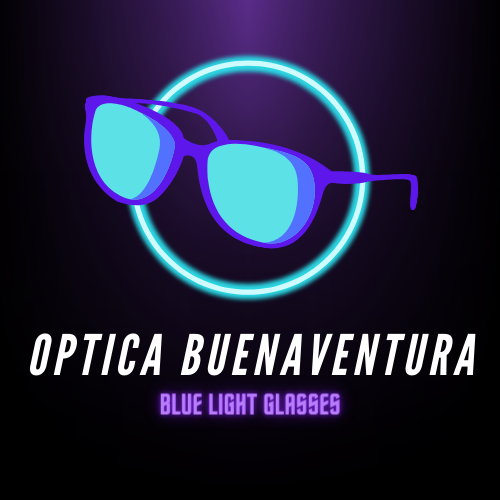Understanding the different types of contact lenses
Contact lenses are a popular alternative to traditional glasses for many people. They offer a convenient and comfortable way to correct vision without the need for frames on the face. However, there are several different types of contact lenses available, each with their own unique features and benefits. Understanding these different types can help you make an informed decision about which one is right for you.
The most common type of contact lenses is soft lenses. Soft lenses are made from a flexible plastic material that allows oxygen to pass through to the eyes. They are comfortable to wear and easy to adjust to. Soft lenses come in various options, including daily disposables, bi-weekly disposables, and monthly disposables. Daily disposables are worn for a single day and then discarded, making them a convenient and hygienic option. Bi-weekly and monthly disposables are worn for longer periods and require proper cleaning and storage.
Another type of contact lens is the rigid gas permeable (RGP) lens. RGP lenses are made from a harder material that allows even more oxygen to reach the eyes. They provide excellent vision correction for people with astigmatism or those who require higher levels of correction. RGP lenses are durable and can last longer than soft lenses, but they often require a longer adjustment period. They are also more expensive than soft lenses and require more meticulous cleaning and maintenance.
For those who have been diagnosed with presbyopia, a condition that affects the eyes’ ability to focus on close objects, multifocal lenses can be a great option. Multifocal lenses contain multiple prescriptions in one lens, allowing for clear vision at various distances. They are available in both soft and RGP materials and can be customized to meet an individual’s specific vision needs. It may take some time to adjust to multifocal lenses, but they can provide a seamless transition between near and far vision.
For people with irregular corneas, such as those with keratoconus, specialty contact lenses may be necessary. These lenses are designed to correct vision in individuals with corneal abnormalities that cannot be corrected with standard lenses. Specialty lenses include hybrid lenses, which combine the comfort of soft lenses with the visual clarity of RGP lenses, and scleral lenses, which rest on the white part of the eye and vault over the cornea, providing improved vision and comfort.
Lastly, there are colored contact lenses, which can change the color of your eyes. These lenses are available with or without prescription and can be used purely for cosmetic purposes. Colored lenses come in various shades and effects, from enhancing one’s natural eye color to completely transforming them. It’s important to note, however, that colored lenses should only be purchased from a reputable source and fitted by an eye care professional to ensure proper fit and safety.
In conclusion, there are several types of contact lenses available to suit different vision needs and preferences. Soft lenses are the most common and come in various options for daily, weekly, or monthly wear. Rigid gas permeable lenses are more durable and provide excellent vision correction for astigmatism. Multifocal lenses are used to correct presbyopia, while specialty lenses are designed for individuals with irregular corneas. Colored lenses offer a cosmetic option for changing one’s eye color. Consult with an eye care professional to determine the best type of contact lens for your specific needs.
